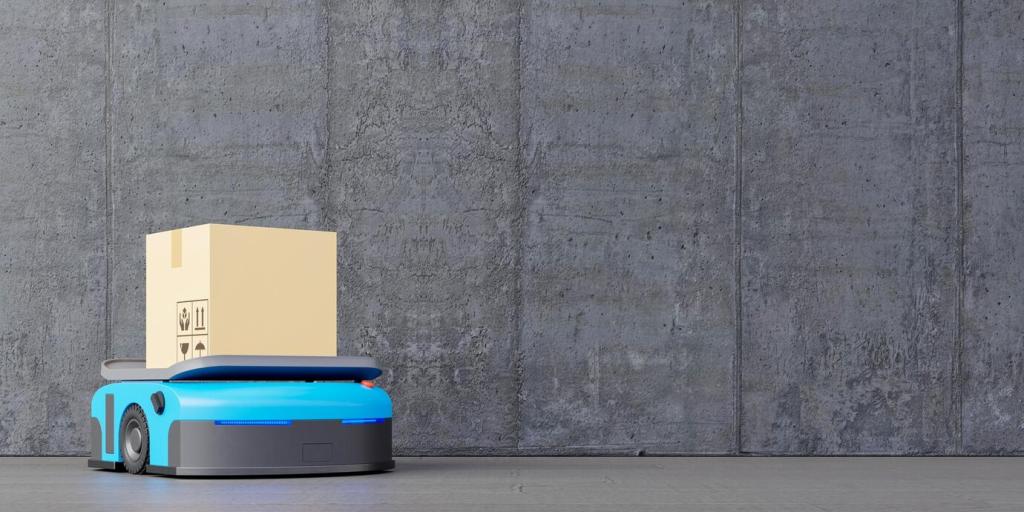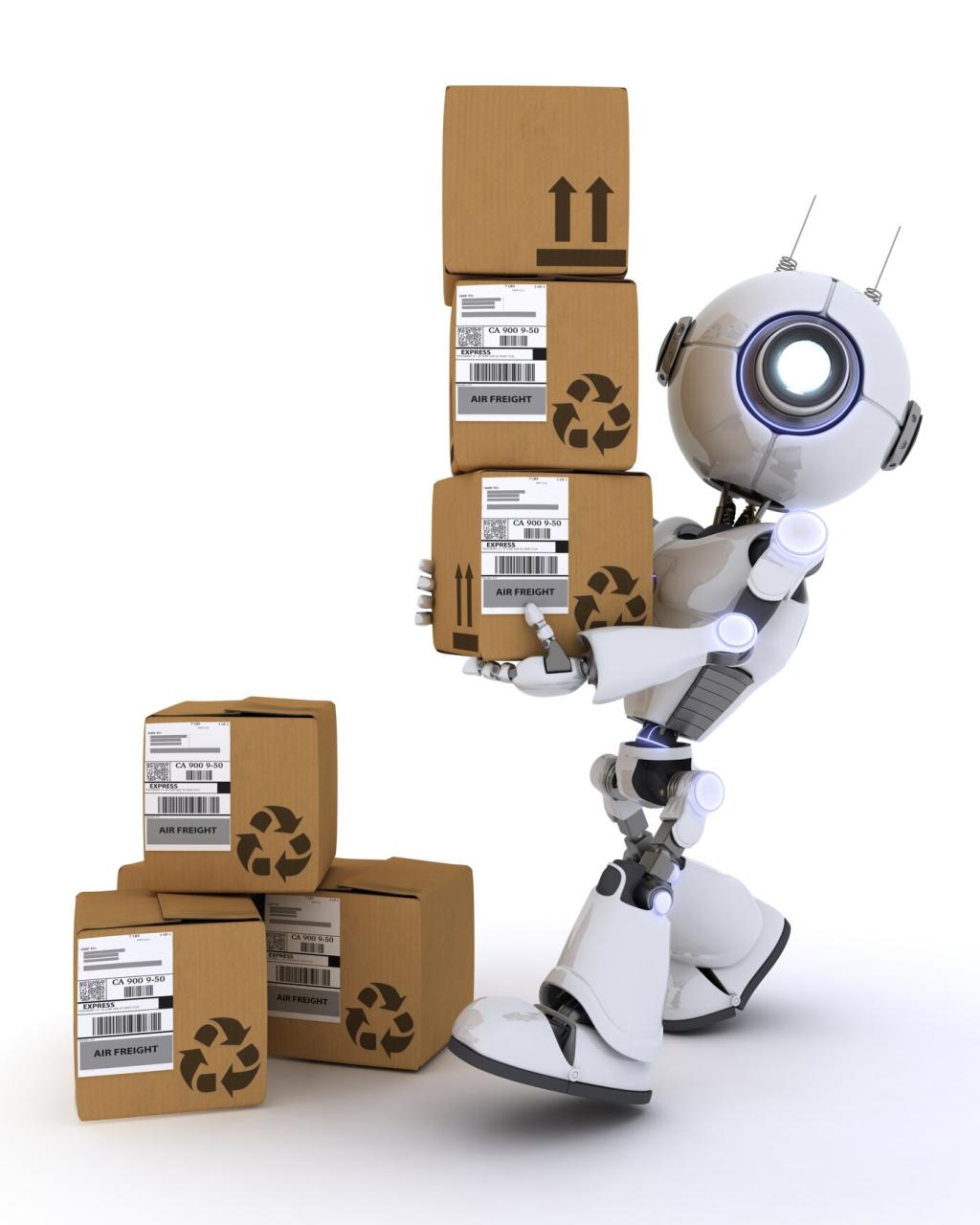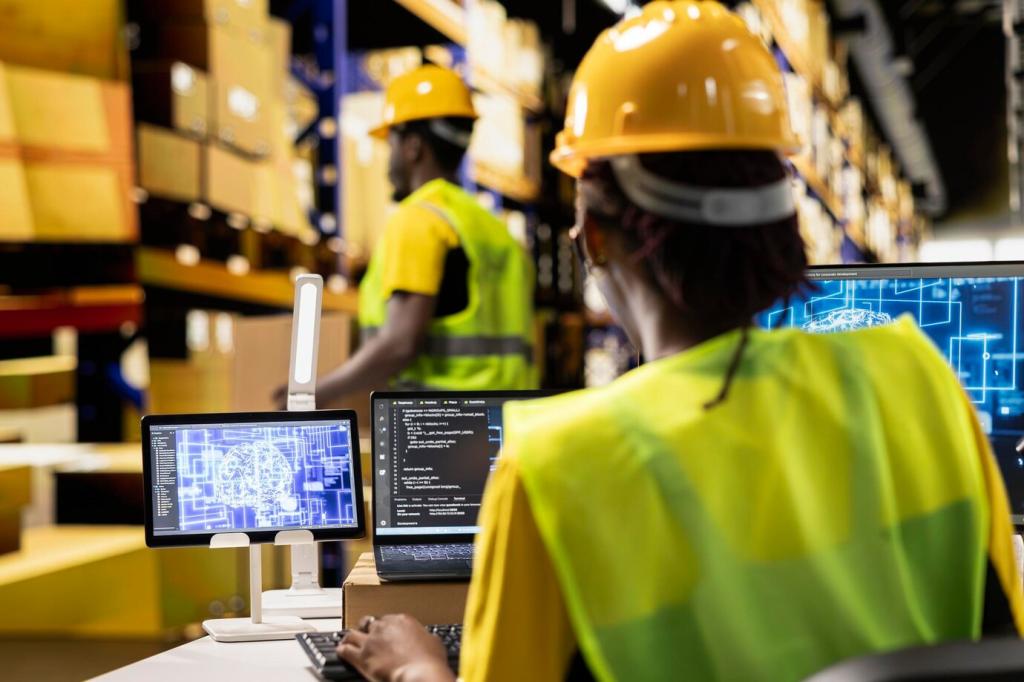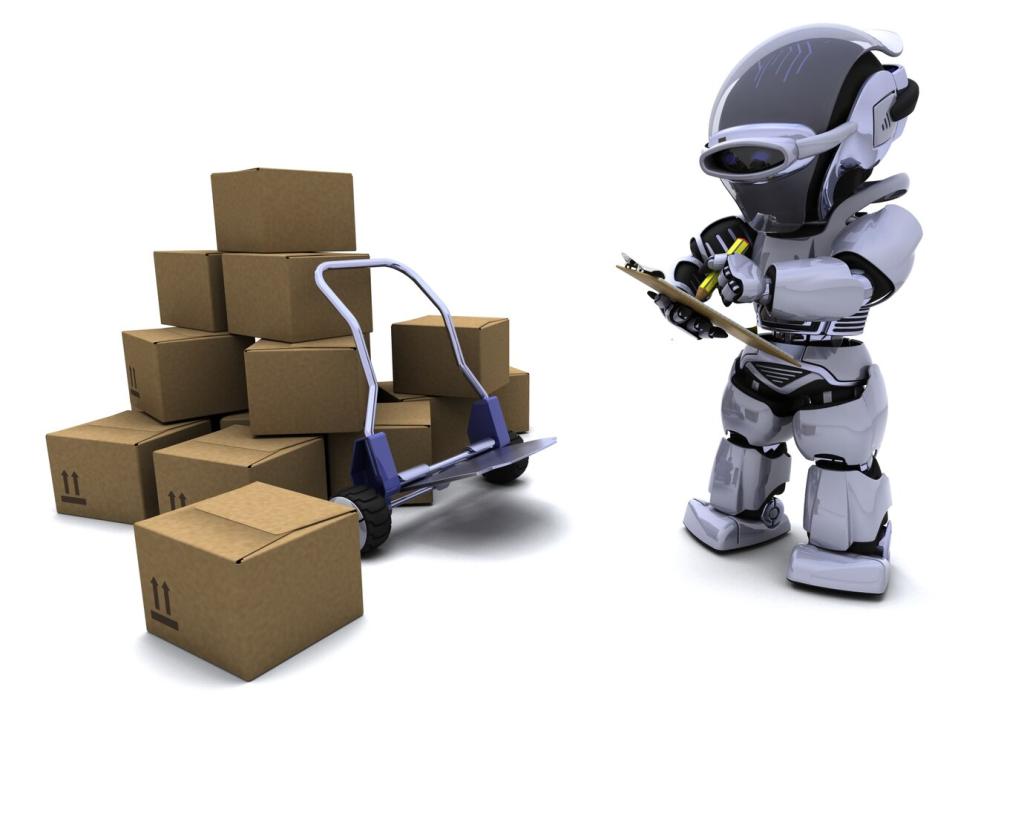Inside the Future of Automation in Warehouse Management
Chosen theme: The Future of Automation in Warehouse Management. Step into a practical, optimistic vision of warehouses where people, robots, and intelligence collaborate seamlessly to deliver speed, accuracy, and resilience—and where every improvement tells a story worth sharing.
Why the Next Chapter of Warehouse Automation Matters Now
Warehouses that once relied on constant firefighting are moving toward foresight, using data and automation to anticipate needs. Instead of rushing to fix errors, teams configure flows and alerts that prevent them altogether. What bottleneck do you want foresight to remove?
Why the Next Chapter of Warehouse Automation Matters Now
The future favors thoughtful division of labor. Machines handle repeatable, heavy, and hazardous tasks, while people solve exceptions, improve processes, and steward customer promises. Tell us where your team’s talent could deliver greater impact with automation alongside.


Autonomous mobile robots now map dynamic aisles, reroute around congestion, and batch orders intelligently. A supervisor in Ohio told us their first week felt like adding an extra shift without hiring. Where would AMRs shave minutes off your travel time today?
Robotics on the Move: AMRs, Cobots, and AS/RS
Cobots offer consistent reach, ergonomic handling, and precise placement, reducing repetitive strain injuries while improving accuracy. Operators become coaches, fine-tuning grippers and flows. Comment with your toughest pick challenge, and we’ll explore whether a cobot could shoulder it.
Robotics on the Move: AMRs, Cobots, and AS/RS
AI, Computer Vision, and Edge Intelligence
Vision that sees beyond barcodes
Computer vision verifies labels, counts items, and detects damage before it travels downstream. One team reduced returns by flagging crushed corners during induction. Curious which camera setups suit your lighting and packaging? Drop your environment specifics for a tailored checklist.

Digital Twins and Simulation Before You Spend
Simulations stress-test picking strategies, buffer sizes, and charging schedules long before hardware lands. One planner discovered a subtle queueing issue only visible at 2x peak volume. Want our scenario template? Comment with your peak assumptions and constraints.
Digital Twins and Simulation Before You Spend
Moving a conveyor four meters or rotating a station fifteen degrees can change collision patterns and travel time. Twins translate these tweaks into measurable outcomes. Subscribe to see side-by-side comparisons that turn ‘maybe’ into informed decisions.


People, Change Management, and Trustworthy Automation
Operators become flow designers, exception solvers, and quality guardians. Short, hands-on training beats dense manuals. Share your team’s current roles, and we’ll outline a week-by-week reskilling path aligned to upcoming automation stages.

Sustainability and Cost-to-Serve in an Automated Era
Energy-aware orchestration
Smart schedulers align charging windows with off-peak rates and smooth power draw during surges. Minor timing shifts compound into real savings. Share your energy constraints, and we’ll explore strategies that lower cost without slowing throughput.
Packaging that respects the planet
Automated right-sizing reduces void space, cuts dunnage, and lowers transport emissions. Operators love fewer crush claims; customers love less waste. Comment with your average box utilization, and we’ll discuss where vision and sizing algorithms can help.
Know your true cost-to-serve
When robots, people, and software all contribute, costs must be traced clearly. Activity-based models reveal which SKUs or channels erode margin. Subscribe to receive a worksheet that maps tasks, energy, and wear into actionable cost insights.
